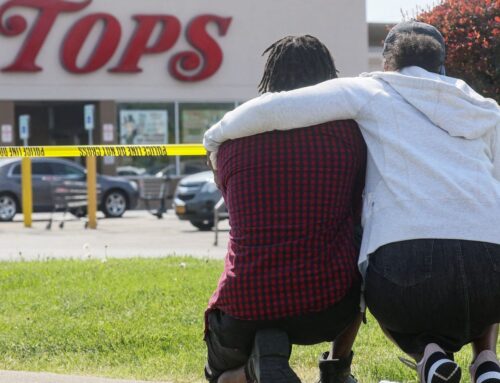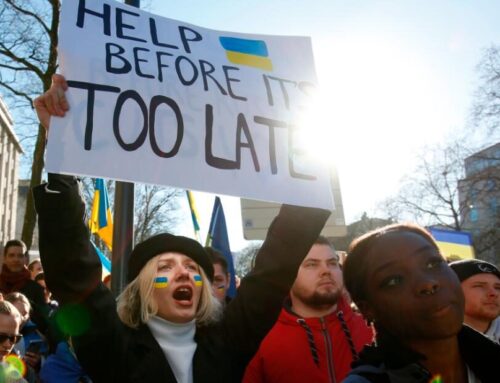The Opportunity Agenda, a non-profit organization focused on building the national will to expand opportunity in America, has just released a report examining national perceptions of African American men and boys, and the relationship of these perceptions to mass media. This extensive research project was designed to determine how to better and more effectively communicate the need to improve opportunities for Black males around the country.
To create this report, The Opportunity Agenda commissioned studies of media representations and their impact on Black men and boys; a survey of public opinion research related to Black male achievement; and a study of media consumption trends among Black men. The executive summary of this research can be found here.
As the Opportunity Agenda notes, the studies shed light on and explain patterns they thought to be true, and also reveal new ones. For example, one of the best-documented themes in the research is the distortion of reality in the overall presentation of Black men and boys in a variety of ways. Research shows that distorted media representations can impact perceptions and attitudes toward African-American males and affect many aspects of their lives, from receiving harsher sentencing by judges to having a lower likelihood than whites of being hired for a job and admitted to school. This will probably not surprise many of us. But the report goes on to posit that distorted media depictions can also affect African-American males’ self-perceptions and lead to diminished self-esteem and lower performance in cognitive contexts, among other detrimental effects. In the end, it suggests, Black men are among their own harshest critics.
The report concludes that one of the most important avenues for changing these perceptions within and without the Black community is the mass media, with its significant power to shape popular ideas and attitudes. It suggests a number of ways to help create social change in this arena, including actively promoting fuller and more accurate portrayals of Black men and boys in media, embedding more African-Americans in all links of the media production chain, and drawing attention to changing structures and systems, versus focusing on the effects of “personal racism”. The report promotes using its research to help understand how to reframe public conversations about expanding opportunities for Black men and boys, and thus determine ways to promote change most effectively.
Rather than just report the relatively sorry state of media perceptions of Black men and boys, the Opportunity Agenda’s research offers ways to figure out what can be done about it. This report is a very interesting and informative read.





